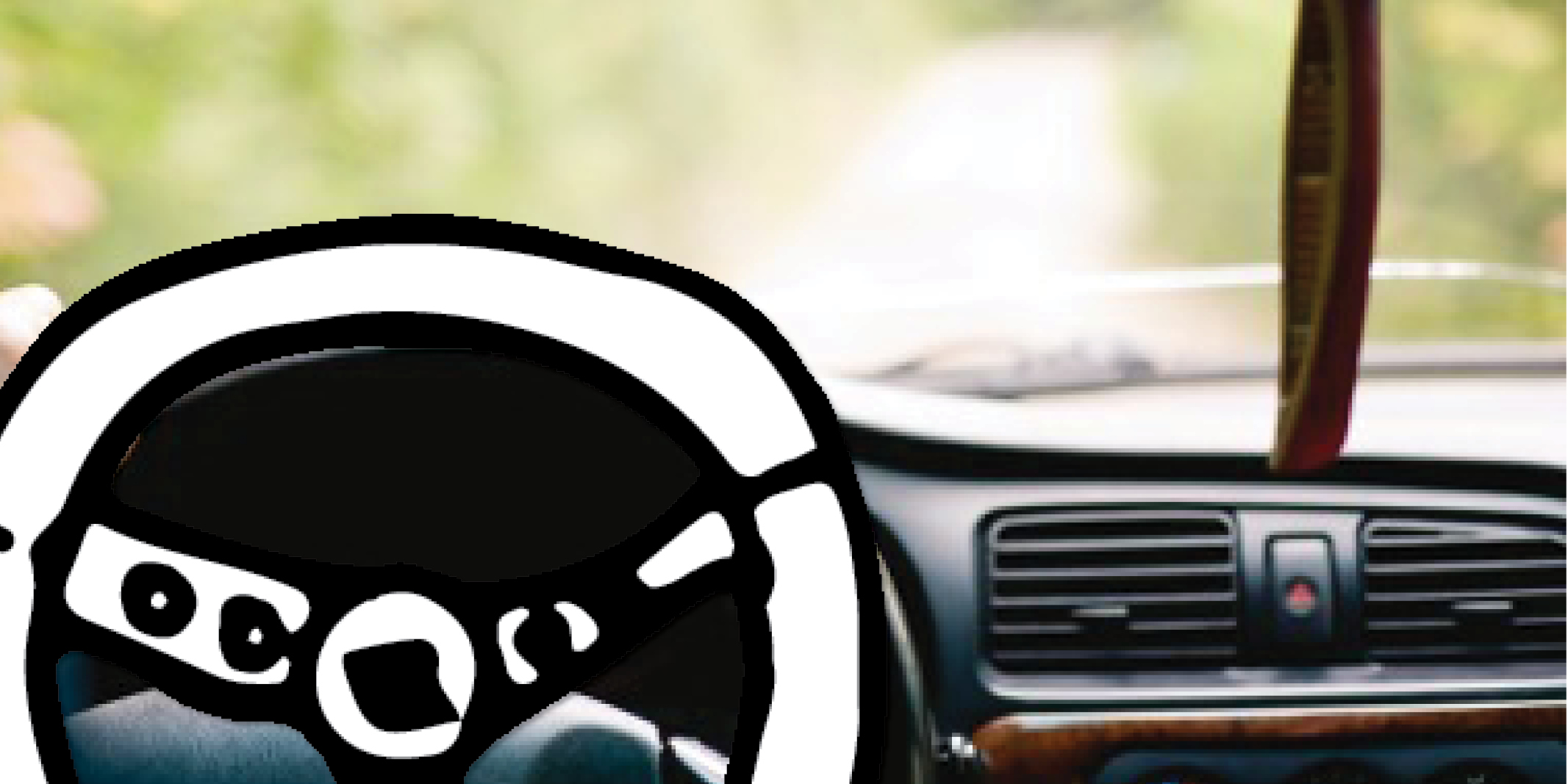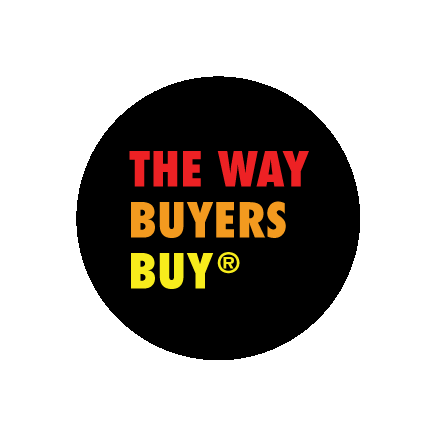The Right Buyer — The 2nd Thing You Need to Accelerate Sales

Hi. We are back at it! Packing for this B2B road trip we are going to go on. If you’re just joining us, you can start at Day 1 here.
We stopped for an hour or so to have lunch.
Some things just require good food to think.
So, where were we?
Let’s take a look in the trunk again.
The three things you absolutely MUST pack for this road trip with your buyer are:
Your destination
Your buyer
And a predictable, repeatable sales process for travelling with your buyer to your destination
We talked at length about your destination being your Ideal Customers. Not just any old customer, the IDEAL customer. You can check out that blog post here if you missed it or need a re-read.
What do we need to pack next?
Well, I’m in the passenger seat. You are in the back seat.
And I’m seeing a pretty obvious vacancy in the driver’s seat.
Smile.
We are missing the Driver!
The second place I see companies exiting off the highway and onto the backroads of sales and marketing is when they’re choosing a driver.
Let's think about that for a minute.
Would you get in the car with just ANY driver? Some yahoo on the street you have never met?
I hope not.
Not every buyer is a good driver.
And not every buyer will get you to the destination, which is the City of More Customers for your company.
Yet I see it all the time!
Companies jumping in the passenger seat beside the wrong buyer.
And they drive, and drive, and drive and never get to a closed deal.
One of the first things I ask when I meet with a company who has a “stuck” opportunity in their pipeline is, “Who is the driver? What is that person’s title? How do they behave? What kinds of questions do they ask? What “language” do they speak? What did they suggest as a next step?"
All of these things tell ME whether you are dealing with the right buyer. Or not.
Who is the right buyer for YOUR COMPANY?
We are always, always, always looking for the person who owns the business problem.
(Well, I shouldn’t be so dogmatic. Almost always. There are a few exceptions.)
The person who owns the business problem is the person we want to sell to.
That is the person we want to market to.
Do you remember the company I was telling you about in the last blog post? The 15-year-old startup that had 24 types of customers before I came along?
Well, they also got in the car with the wrong driver. Every day.
It looked like this: They would get an inbound lead and take the person who contacted them through the entire sales process of customizing the app, doing a tiny pilot, getting a sign-off on a pilot, and getting a tiny contract. They never asked about the person’s role. And everybody got the same treatment. Every. Single. Lead.
What was wrong with that? SOME OF THE PROSPECTS HAD THE POTENTIAL TO BE A 2,000-LICENSE CUSTOMER, NOT A 3-LICENSE CUSTOMER, BUT WITHOUT TALKING TO THE RIGHT BUYER THEY WOULD NEVER GET THAT 2,000 LICENSE SALE.
So we changed their sales process to include a step where they negotiated to get the right buyer involved, and that is part of what contributed to them doubling their sales in six months.
Ask yourself these questions to find out if you are dealing with the right driver:
Who am I usually dealing with? Which titles? Which roles? Is it likely the person who owns the business problem or somebody who has been delegated to do researchIf asked, can they answer the questions “What changed?” and “How critical is this business problem to you?"Or are they sticking to features, demos, technical specs, etc.?
What LANGUAGE does your buyer speak?
The second trick to dealing with the right driver is to make sure you speak the language your buyer speaks.
(That may not make sense. But my first almost-career was languages. I speak four, some badly now. So trust me on this one.)
You naturally speak either a business language, a technical language, or a financial language as it relates to your business.
I call those three languages BIZLISH, TECHLISH, and PENNYLISH.
The thing I want you to get here is that you will ALWAYS get delegated to the person whose language you speak.
Make sense?
(Just like the day I was standing on a street corner in Barcelona on my first backpacking trip to Europe. The friend I was travelling with started up a conversation with a Spaniard on a street corner, looking for directions. She couldn’t speak Spanish. I do. The conversation got delegated to me.)
So, if you don’t speak the language of your buyer, the person with the business problem ...
… you will get DELEGATED to the person whose LANGUAGE you speak.
I see it happen all the time.
Let me give you an example.
One of my clients sells software to very large organizations, and they have very complex (but awesome) SaaS software. Because my client naturally speaks TECHLISH — they’re really good at talking about their product, features, how it works, etc. — they mostly have conversations with the users or reviewers, NOT WITH THE BUYERS! And even if the buyer is in the room or on the call, because they naturally speak TECHLISH, the conversation automatically turns from a business conversation to a technical conversation.
So I’m working with them to help them translate their sales process and their message so that they can start and continue a solid sales and marketing conversation with the RIGHT BUYER.
What language are YOU speaking in your sales and marketing process?
Try this quickie to find out by asking yourself:
What business problem does my product or service solve?
Is the message on my website mostly all about me (TECHLISH) or all about my customer (BIZLISH)?
Are our demos really just about your product (TECHLISH) demos or are you using them to have business (BIZLISH) conversations?
Remember: The buyer WILL NOT TRANSLATE if you do not speak their language. They will simple delegate you or go on to another vendor who DOES speak their language.
There. We are almost packed. Don’t forget the red Hudson’s Bay blanket and the vintage blue Coleman cooler. We’ll be happy for them on this trip.
